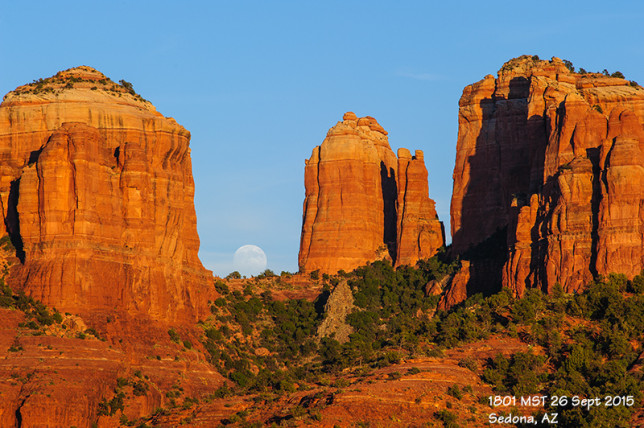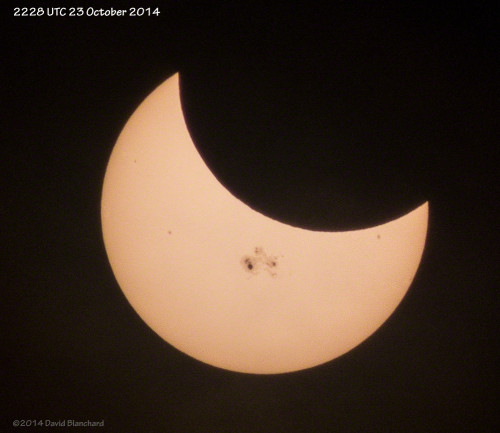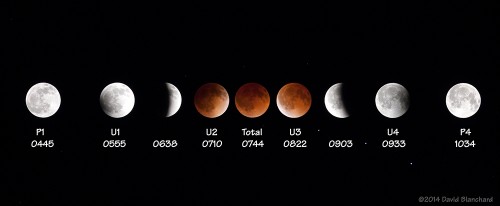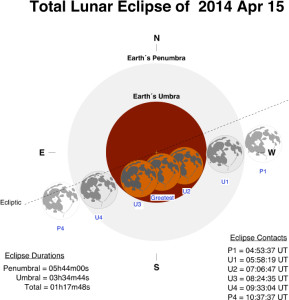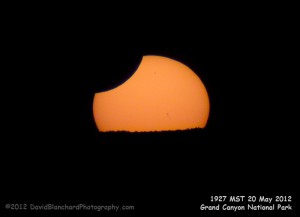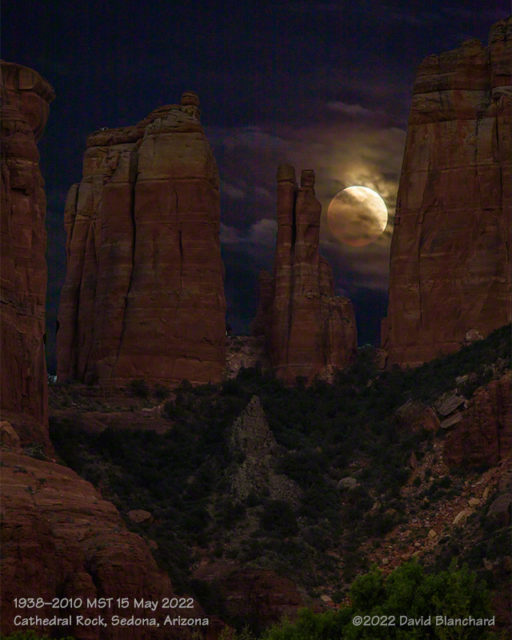
I have been looking forward to this most recent Lunar eclipse for several months. I have worked up several scenarios to photograph the event, considered renting a larger lens, and more.
And, then, a few days before the event it became evident that it would probably be cloudy. All forecast models indicated increasing clouds moving in from the west. It was pretty obvious that I was not going to be able to capture the event from beginning to end.
That still left one possibility. There would be fewer clouds low in the east early in the eclipse so I might get a few shots of the beginning of the eclipse. So at the insistence of a friend, I joined him at Crescent Moon Picnic area near Cathedral Rock in Sedona, Arizona.
The plan was to get a few twilight photos of Cathedral Rock before it got too dark. And then get a photo or two of the Moon as it rose between the spires of Cathedral Rock. The Photographers Ephemeris was used to determine the best spot to see the Moon in the gap.
And then we waited.
Right on time the Moon rose in the gap with the Moon visible from 2002 to about 2012 MST.
The photograph at the top is a blended image of Cathedral Rock at 1938 MST and the partially-eclipsed Moon at 2010 MST. Below are the two images before they were combined.
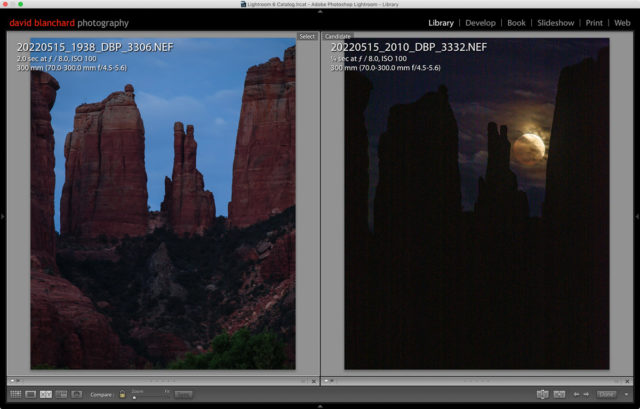
The next two total Lunar eclipses will occur 7–8 November 2022 and 13–14 March 2025.
